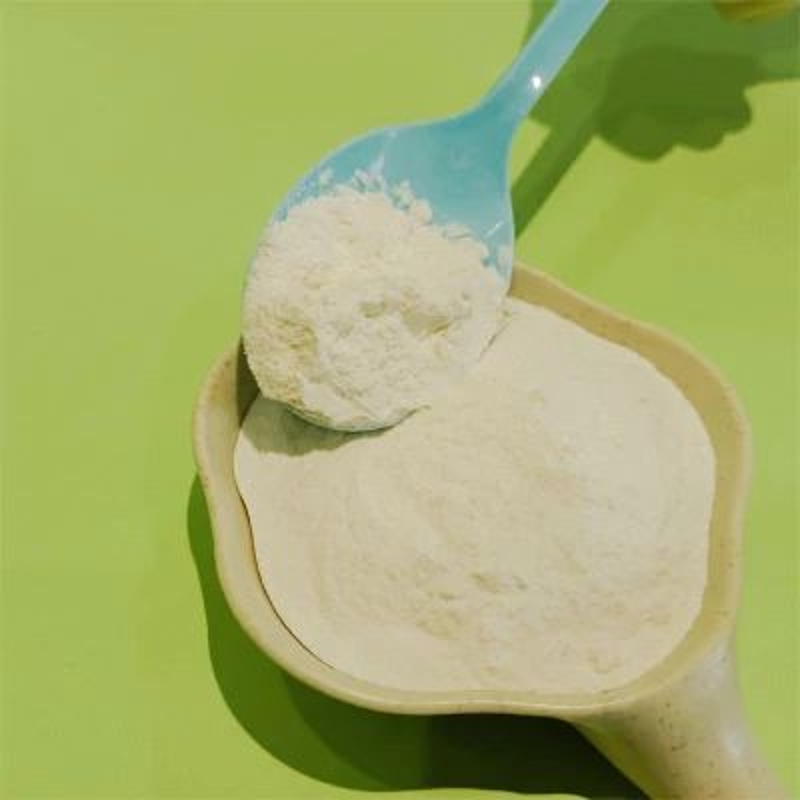-
Categories
-
Pharmaceutical Intermediates
-
Active Pharmaceutical Ingredients
-
Food Additives
- Industrial Coatings
- Agrochemicals
- Dyes and Pigments
- Surfactant
- Flavors and Fragrances
- Chemical Reagents
- Catalyst and Auxiliary
- Natural Products
- Inorganic Chemistry
-
Organic Chemistry
-
Biochemical Engineering
- Analytical Chemistry
-
Cosmetic Ingredient
- Water Treatment Chemical
-
Pharmaceutical Intermediates
Promotion
ECHEMI Mall
Wholesale
Weekly Price
Exhibition
News
-
Trade Service
L-homoserine is a naturally occurring non-protein amino acid, which can be used as a pharmaceutical intermediate and has a good market prospect
.
Due to reasons such as production intensity and economy, the large-scale application of L-homoserine is severely restricted
.
At present, there is no industrialized production line of L-homoserine at home and abroad, and L-homoserine is also one of the few amino acid varieties that have not yet been industrialized
.
.
Due to reasons such as production intensity and economy, the large-scale application of L-homoserine is severely restricted
.
At present, there is no industrialized production line of L-homoserine at home and abroad, and L-homoserine is also one of the few amino acid varieties that have not yet been industrialized
.
Recently, the research team of the Institute of Microbiology of the Chinese Academy of Sciences"tabolicengineering" published a research article titled "Highly efficient production of L-homoserine in Escherichia coli by engineering a redox balance route".
Through coupling design of pathways, a fermentation pathway with an overall balance of reducing power was established and the reducing power was supplied to the pathway.
The released CO2 is reused, and the designed route realizes that the fermentation of glucose to L-homoserine does not lose C element
.
Through systematic metabolic engineering transformation and fermentation process improvement, the fermentation level of homoserine exceeded 84 g/L, and the conversion rate reached 50%, which has good economic efficiency
.
Through coupling design of pathways, a fermentation pathway with an overall balance of reducing power was established and the reducing power was supplied to the pathway.
The released CO2 is reused, and the designed route realizes that the fermentation of glucose to L-homoserine does not lose C element
.
Through systematic metabolic engineering transformation and fermentation process improvement, the fermentation level of homoserine exceeded 84 g/L, and the conversion rate reached 50%, which has good economic efficiency
.
The research laid the foundation for the industrial production of L-homoserine and provided a new idea for increasing the output of other aspartic amino acids
.
.
Note: This research result is taken from "me"tabolicengineering" magazine, the content of the article does not represent the views and positions of this website, and is for reference only
.
.
Link to the paper: https:// id="gtx-trans" >







